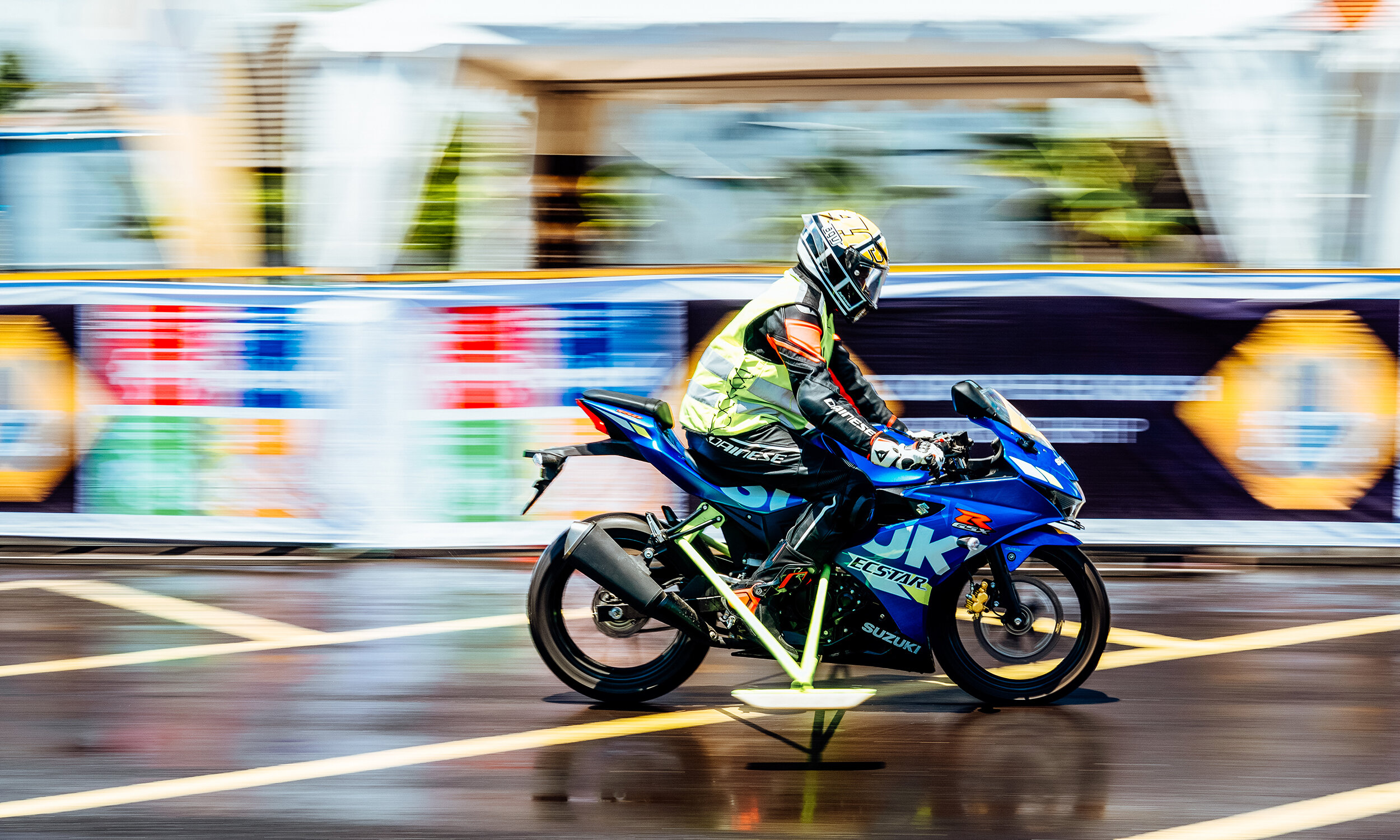Anti-Lock Brakes (ABS) in Motorcycles
Around one in six fatalities that occurs on the road in Brazil and in the European Union involves a motorcyclist — in India and China, that figure is even higher. ABS for motorcycles is an effective technology to help reduce this death toll (1).
According to the Insurance Institute for Highway Safety, in the United States the rate of fatal crashes is 31% lower for motorcycles equipped with optional ABS than for those same models without ABS.
ABS is available for all types of motorcycles in all markets: from scooters and mopeds to heavy-duty tourers and powerful motorcycles. There are cost-effective versions for different kind of hydraulic braking systems such as front wheel only as well as front- and rear-wheel brakes combined.
Legislation already exists in some countries and regions mandating ABS on all new bikes over 125cc, while ABS or combined brake systems (CBS) could be fitted to smaller ones (under 125 cc), including scooters. From next year in the European Union it will be mandatory to fit an antilock braking system to all new motorcycle models above 125 cc. The Indian government has also proposed similar legislation to be applied from 1 April 2017.
HOW DOES ABS WORK?
ABS for motorcycles prevents wheel lock-up and ensures bike stability as well as optimal deceleration while braking. ABS therefore significantly reduces the risk of falling and reduces stopping distance. On a motorcycle fitted with an antilock braking system, the ABS control unit constantly monitors the speed of the wheels using wheel-speed sensors. If a wheel threatens to lock during hard braking or on slippery roads, the antilock braking system regulates the braking pressure in a targeted manner, thereby ensuring optimum braking. In this way, the driving stability and manoeuvrability of the motorcycle is maintained, even where there are adverse driving conditions such as sand, loose chippings or water. This significantly reduces the risk of a brake-induced fall, and usually shortens the braking distance. Depending on the model, the motorcyclists can recognize that the ABS has kicked in through a gentle pulsing on the hand and foot brake levers.
(1) See: Effectiveness of Motorcycle Antilock Braking Systems (ABS) in Reducing Crashes, the First Cross-National Study by Rizzi, Strandroth, Kullgren, Tingvall and Fildes, published in Traffic Injury Prevention (2015) 16, 177–183
-
RT @GlobalNCAP: .@volkswagenindia & @SkodaIndia shine again with a five star performance but @Maruti_Corp continues to disappoint w… https://t.co/GPm7wnLbaa





